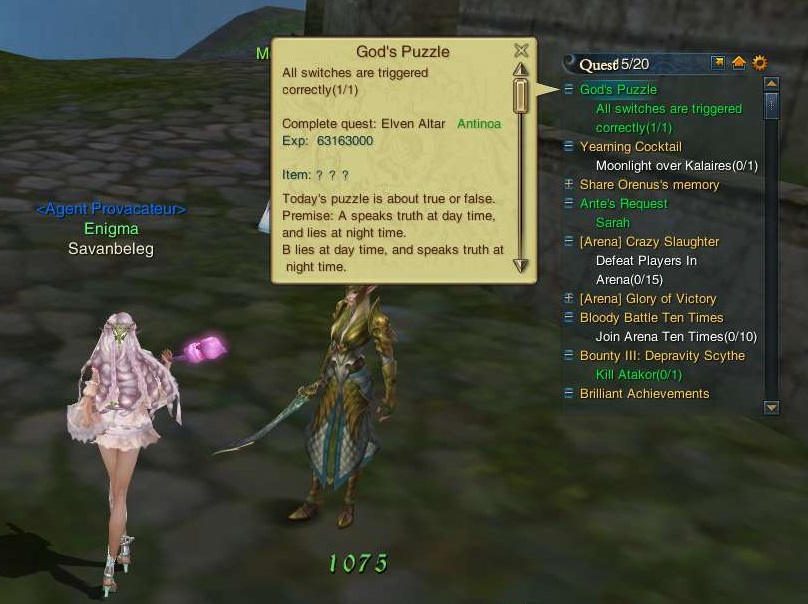


Artifact Title: The series gets less and less related to plastic models as it goes on.By chapter 135, the story actually addresses this to show Nee-san doesn't care about plastic models anymore. Okappa's and Makimaki's hats also start getting drawn with no detail half of the time.

Oddly enough, the better the artwork becomes, the lazier Nee-san's temple hat gets until it turns into a simple cone.You'll notice that the lineart is cleaner and sharper, the character's eyes and faces are totally different, and a lot more proper shading is used to give the characters more style. Art Evolution: Try comparing the first chapter of the manga to the more recent chapters.Oh, they have an elder sister named Risa, who, yes, also has three identical sisters. along with several other identical sisters. Chapter 137 introduces their previously unknown triplet Miu, who went to a different school. The solution: hitting their own heads together until they swap bodies. Always Identical Twins: Uno and Sano, who are mistaken by their own parents half of the time.Action Politician: The mayor of "THE City", a cheerful fellow who looks like Mike Haggar and wants to punch everyone and everything.Although the three girls are supposed to be the three in charge of their school's Plastic Model-Making club, the manga instead shines the light on the absurd interactions held between characters.Ī 12-episode TV adaptation was released in the Spring 2011 season, with each episode only lasting between three to four minutes. Plastic Nee-san tells the story of three high school friends - Iroe "Nee-san" Genma, Hazuki "Okappa" Okamoto and Makina "Makimaki" Sakamaki - and their adventures involving them and some of the other students and staff in their school. Publication began on September 4th, 2009 in Young Gangan magazine. From left to right: Makimaki, Nee-san and Okappa Plastic Nee-san (otherwise known as +Tic Elder Sister) is a gag comedy manga, written by Cha Kurii. The three main characters of this absurd work.


 0 kommentar(er)
0 kommentar(er)
